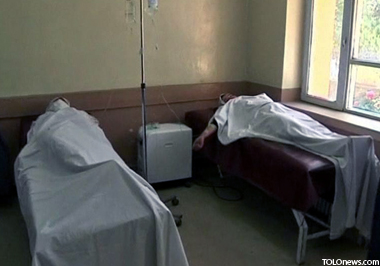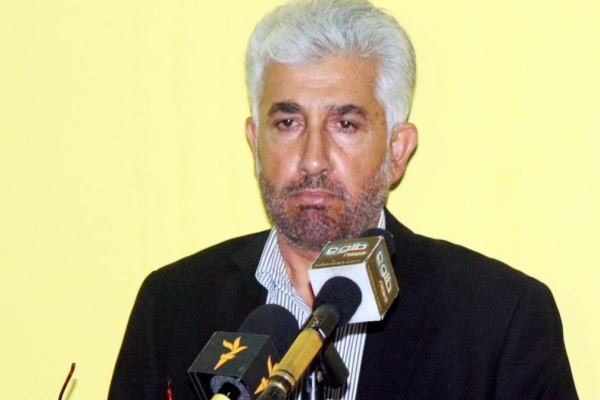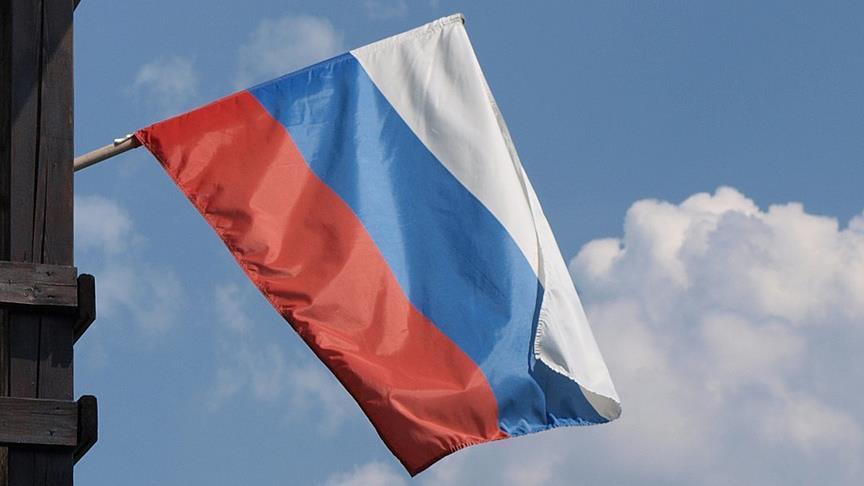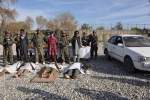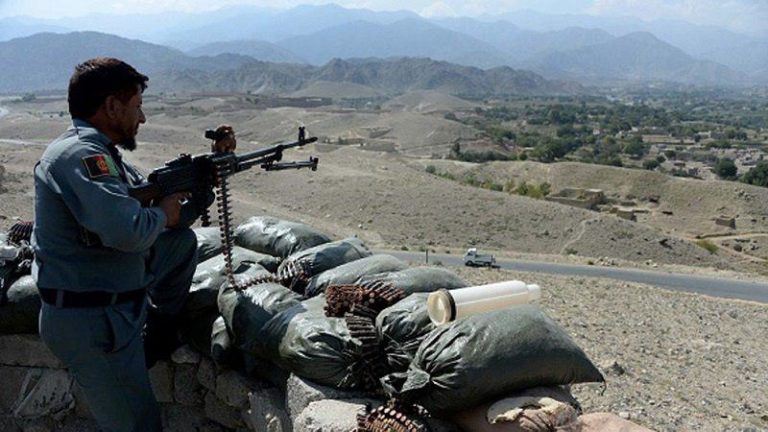Alleged poisonings of Afghan schoolgirls by Taliban insurgents regularly make headlines -- but there are signs the incidents could be cases of mass hysteria, according to specialists in the field.
In a widely reported "attack" last week, more than 120 girls from a school in northern Takhar province, 227 miles (365km) north of Kabul, were rushed to hospital after scores fainted and others complained of feeling ill.
Local officials accused the Taliban -- who banned schooling for girls while in power from 1996 to 2001 -- of contaminating the air with an unidentified "toxic powder."
In two other cases this year alone, a "gas attack" and "poisoned water" have been blamed for mass fainting episodes in other schools.
The children are always taken to hospital and usually released shortly afterwards, with authorities vowing to submit samples taken from the girls for analysis.
Usually, nothing more is heard. But inquiries by AFP have found that neither the government nor NATO's military in Afghanistan have discovered proof of poisoning.
Instead an international expert said the cases had "all the earmarks" of mass hysteria.
"So far no evidence or any traces of any kind of poison or gas have been found" in government tests, interior ministry spokesman Sayed Edayat Hafiz said.
A spokesman for NATO's International Security Assistance Force (ISAF) said that at Kabul's request it had collected samples after 200 students were recently reported ill at a high school in the eastern province of Khost.
"Initial laboratory tests of multiple air, water and material samples were negative for any organic compounds like poisons or other toxic material," said Lieutenant Colonel Jimmie Cummings.
"Further tests continue, but at this point it is unlikely that any foreign substance caused the reported symptoms."
With no physical cause established, Robert Bartholomew, a sociologist and author, said the poisoning scares had "all the earmarks of mass psychogenic illness, also known as mass hysteria."
Bartholomew noted there was a history of similar cases in combat zones, listing examples from the Palestinian territories in 1983 to Soviet Georgia in 1989 and Kosovo in 1990.
The Afghan incidents came "within a larger social panic involving the fear of Taliban insurgents," he added.
Afghanistan has been at war for the past 30 years, and according to the director of the government's mental health department, Bashir Ahmad Sarwari, half the population suffers from mental stress caused by the conflict.
"Two out of four Afghans suffer from trauma, depression and anxiety," he said. "They are in trauma mainly because of three decades of war, poverty, family disputes and migration issues." (TOLO News)
In a widely reported "attack" last week, more than 120 girls from a school in northern Takhar province, 227 miles (365km) north of Kabul, were rushed to hospital after scores fainted and others complained of feeling ill.
Local officials accused the Taliban -- who banned schooling for girls while in power from 1996 to 2001 -- of contaminating the air with an unidentified "toxic powder."
In two other cases this year alone, a "gas attack" and "poisoned water" have been blamed for mass fainting episodes in other schools.
The children are always taken to hospital and usually released shortly afterwards, with authorities vowing to submit samples taken from the girls for analysis.
Usually, nothing more is heard. But inquiries by AFP have found that neither the government nor NATO's military in Afghanistan have discovered proof of poisoning.
Instead an international expert said the cases had "all the earmarks" of mass hysteria.
"So far no evidence or any traces of any kind of poison or gas have been found" in government tests, interior ministry spokesman Sayed Edayat Hafiz said.
A spokesman for NATO's International Security Assistance Force (ISAF) said that at Kabul's request it had collected samples after 200 students were recently reported ill at a high school in the eastern province of Khost.
"Initial laboratory tests of multiple air, water and material samples were negative for any organic compounds like poisons or other toxic material," said Lieutenant Colonel Jimmie Cummings.
"Further tests continue, but at this point it is unlikely that any foreign substance caused the reported symptoms."
With no physical cause established, Robert Bartholomew, a sociologist and author, said the poisoning scares had "all the earmarks of mass psychogenic illness, also known as mass hysteria."
Bartholomew noted there was a history of similar cases in combat zones, listing examples from the Palestinian territories in 1983 to Soviet Georgia in 1989 and Kosovo in 1990.
The Afghan incidents came "within a larger social panic involving the fear of Taliban insurgents," he added.
Afghanistan has been at war for the past 30 years, and according to the director of the government's mental health department, Bashir Ahmad Sarwari, half the population suffers from mental stress caused by the conflict.
"Two out of four Afghans suffer from trauma, depression and anxiety," he said. "They are in trauma mainly because of three decades of war, poverty, family disputes and migration issues." (TOLO News)
Source : Afghan Voice Agency (AVA), International Service
